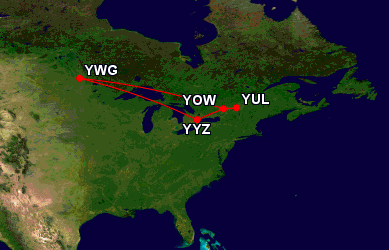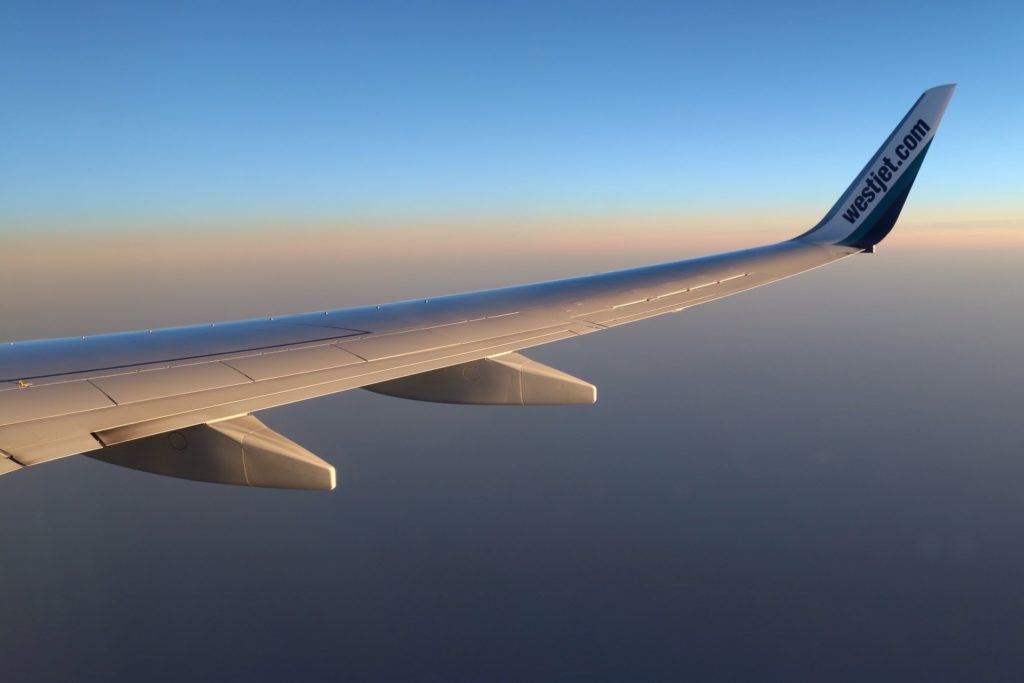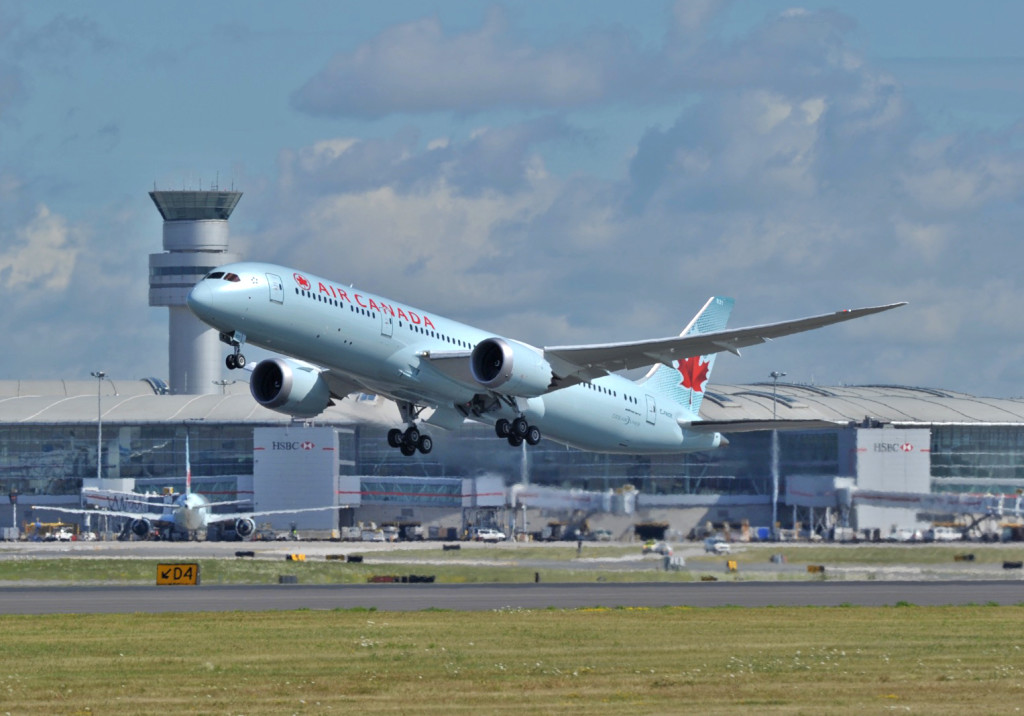Last Friday was a holiday for the province of Quebec. Yay, a three day weekend! Friday morning, I from Montreal to Ottawa to visit the Canada Aviation and Space Museum.
The museum had many artifacts and aircraft on display from WWI and WWII. It was amazing to see how aviation has evolved over time. It started from human-powered aircraft to state-of-the-art commercial airplanes such as the Boeing 787 Dreamliner, the Airbus A350, and the CSeries. If you are a prospective student interested in anything related to aviation, Embry-Riddle is your #1 choice. We offer many degrees and programs such as aeronautical science (pilot), computer and technology, engineering, aviation business, and space. You can consult the complete list of what ERAU has to offer here.
After the museum, I headed to the Ottawa MacDonald-Cartier International Airport. I was flying to Winnipeg, MB, then to Toronto-Pearson (Canada’s busiest airport), and finally back to Ottawa on that same day. Unfortunately things did not go as planned as my flight from Ottawa to Toronto got cancelled. A WestJet guest service ambassador told me that the flight cancellation was due to the fact that the crew that was supposed to take us to Toronto was delayed in New York-LaGuardia and had exceeded their duty time. There were no other crew available at that time of the day. The airline gave me a hotel voucher and three food vouchers worth $45 total. I finally arrived home the next day in the afternoon.
You think that was a crazy trip? I did a trip back in February with my friend where we flew nearly to the four corners of the continental United States.
Read it here: Flying All Over America – Part 1 / Part 2
Other than working, eating, and sleeping, I do homework for the online class I am taking this summer. I am taking Leadership as an elective class. We are almost halfway through this 9-week course. I will post a blog soon comparing online classes versus regular classes. They both have their pros and cons.
This week will also be short since it is Canada Day on Friday. Another three day weekend! Americans, you will also get your three day weekend for Independence Day, which is next Monday.
Until next time!
Nicolas
Contact the author at berniern@my.erau.edu






